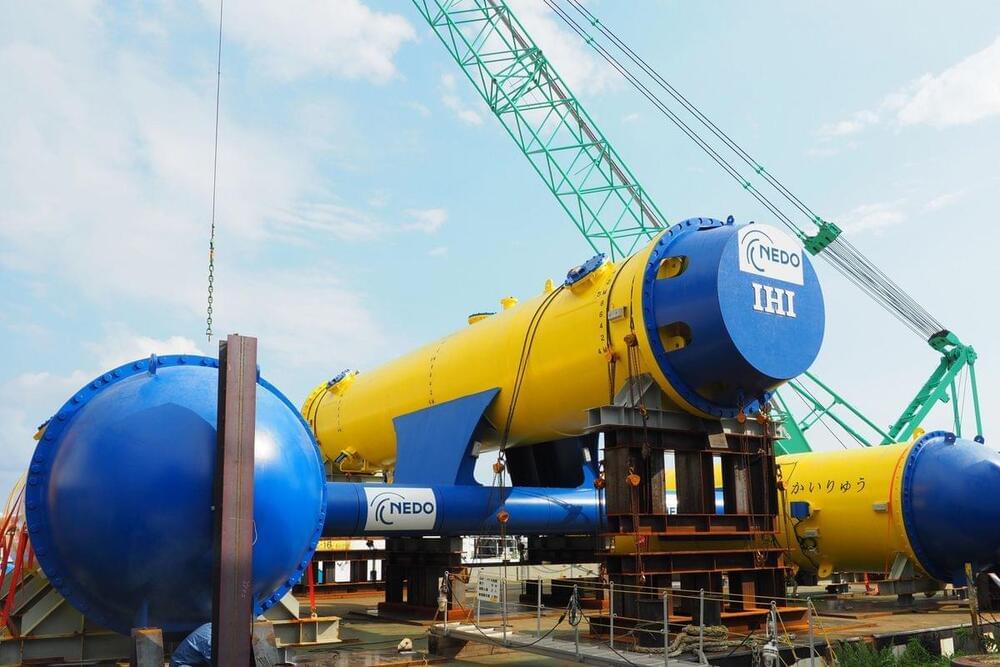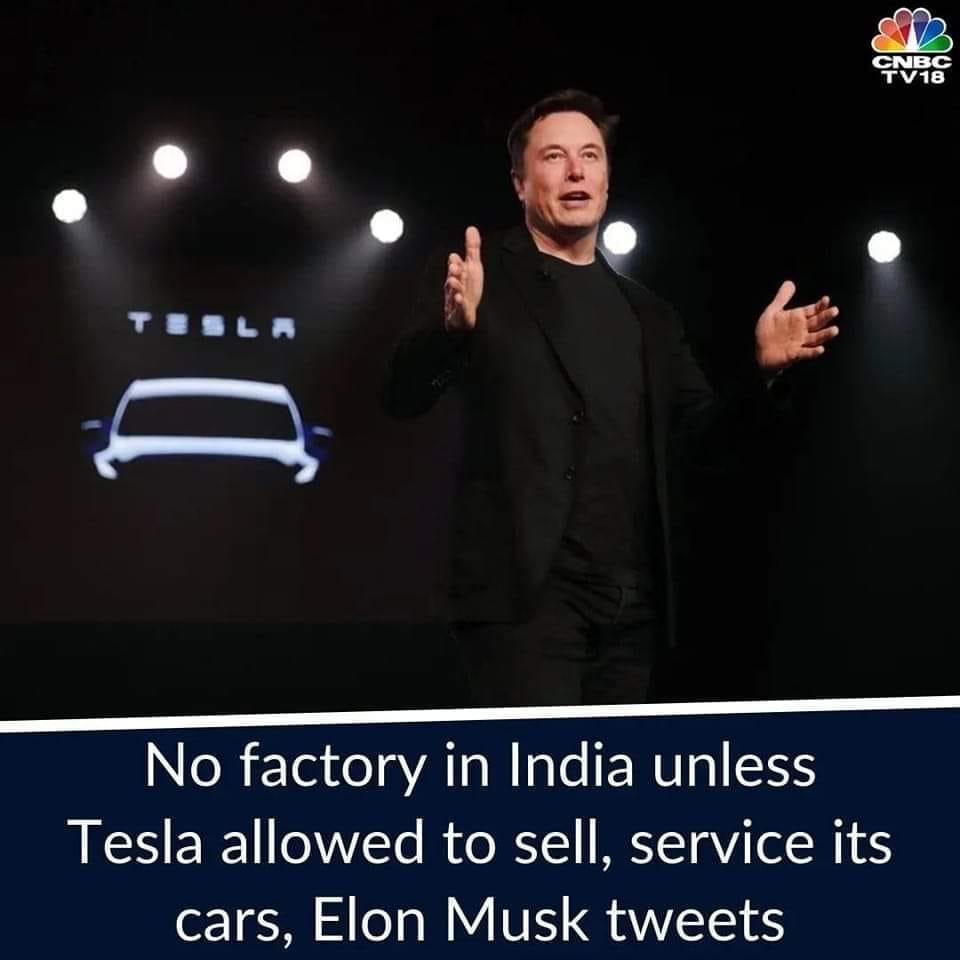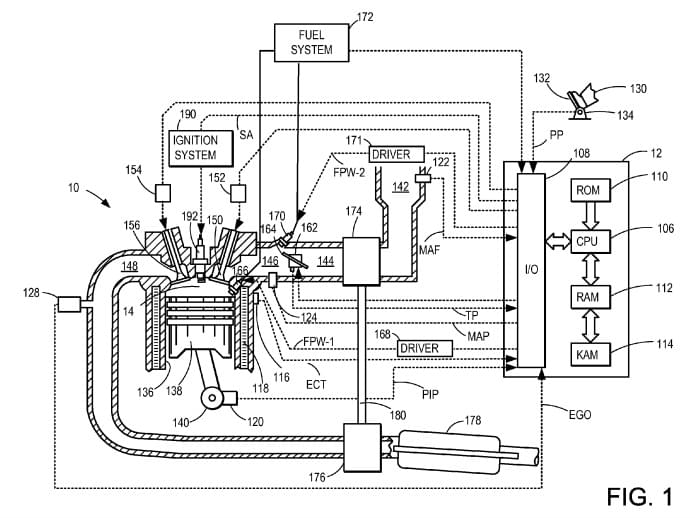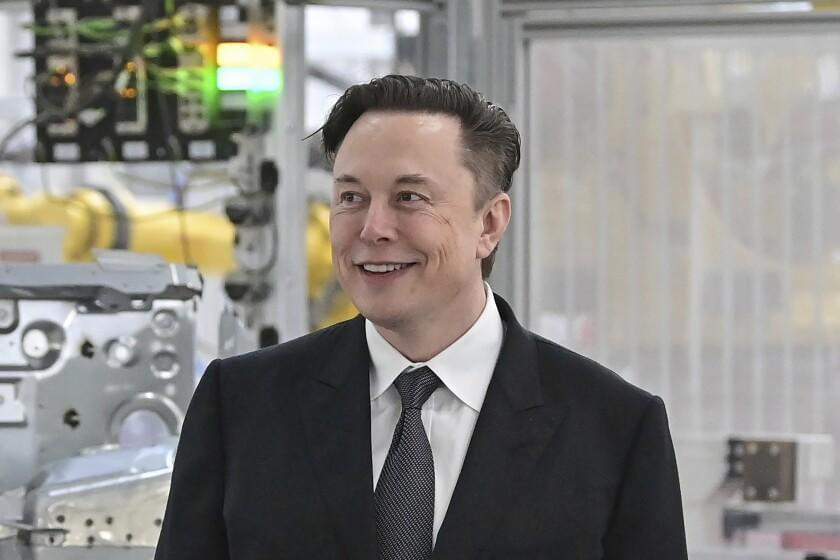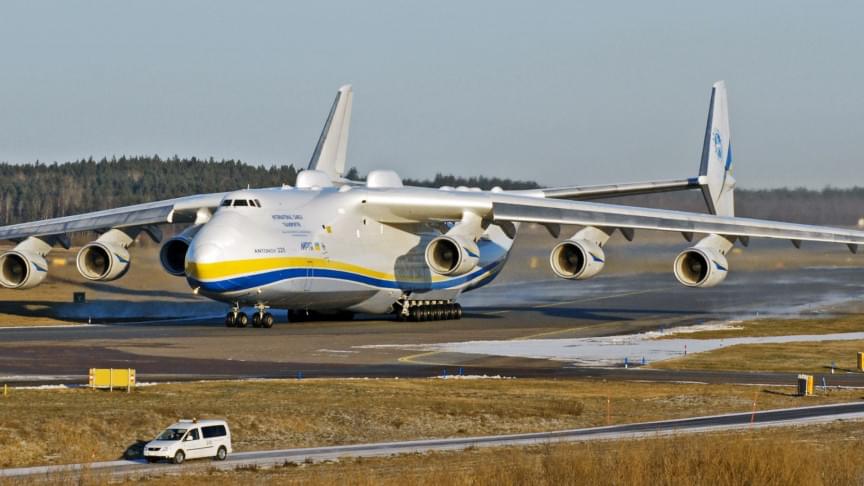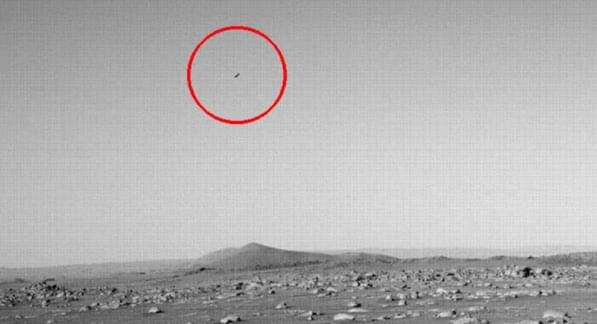Archive for the ‘transportation’ category: Page 200
May 30, 2022
Giant Deep Ocean Turbine Trial Offers Hope of Endless Green Power
Posted by Omuterema Akhahenda in categories: energy, sustainability, transportation
Power-hungry, fossil-fuel dependent Japan has successfully tested a system that could provide a constant, steady form of renewable energy, regardless of the wind or the sun.
For more than a decade, Japanese heavy machinery maker IHI Corp. has been developing a subsea turbine that harnesses the energy in deep ocean currents and converts it into a steady and reliable source of electricity. The giant machine resembles an airplane, with two counter-rotating turbine fans in place of jets, and a central ‘fuselage’ housing a buoyancy adjustment system. Called Kairyu, the 330-ton prototype is designed to be anchored to the sea floor at a depth of 30–50 meters (100−160 feet).
Tested in one of the world’s strongest ocean currents, a prototype generator could herald the start of a new stream of renewable energy.
Continue reading “Giant Deep Ocean Turbine Trial Offers Hope of Endless Green Power” »
May 30, 2022
Tesla CEO #elonmusk has said that his
Posted by Kelvin Dafiaghor in categories: sustainability, transportation
Tesla CEO #elonmusk has said that his company will not put a manufacturing plant in India until it is first allowed to sell, and service imported Tesla cars in the country. When a Twitter asked Musk about #Tesla’s plans to put up a manufacturing plant in India, #Musk responded, “Tesla will not put a manufacturing plant in any location where we are not allowed first to sell and service #cars.”
#India and Telsa haven’t reached an understanding regarding import duties and setting up of the manufacturing plant by Tesla in the #country.
Reposted from @cnbctv18india (Instagram)
May 29, 2022
New Ford Patent Shows Its Interest In Hydrogen
Posted by Quinn Sena in categories: energy, transportation
Ford Motor Company recently filed a patent for a combustion engine that will run on hydrogen, Motor1 reports. The patent isn’t like your normal hydrogen-powered vehicle which uses a propulsion system that converts energy stored as hydrogen to electricity via a fuel cell. The patent Ford filed is for a turbocharged combustion engine that runs on hydrogen.
Muscle Cars and Truck, which initially discovered and reported on the patent, noted that on paper, Ford’s engine should be capable of operating across a wide range of air/fuel lambda, which is the Greek letter used to represent a fuel’s stoichiometric value as 1.00, with values depending on torque demands. MCT also noted that internal exhaust gas recirculation and valve timing will be used to control combustion.
MCT quickly touched upon the importance of the stoichiometric value of a fuel, which is the ratio by which all of the fuel is mixed with all of the oxygen to produce a competitive burn. Notably, Ford’s new method of turbocharged hydrogen will explore lambda values in excess of 2.00. This means that the new engine would be able to operate in an extremely lean state and use more than double the amount of air required for the stoichiometric combustion of hydrogen. You can read more about this here.
May 29, 2022
Tesla unveils details of a 100-year battery
Posted by Quinn Sena in categories: sustainability, transportation
Limited mileage range and rare mineral mining have been sticking points for electric vehicle batteries, but Tesla is working on a design to last 100 years.
May 28, 2022
Projection: a mechanism for human-like reasoning in Artificial Intelligence
Posted by Dan Kummer in categories: physics, robotics/AI, transportation
(2022). Journal of Experimental & Theoretical Artificial Intelligence. Ahead of Print.
AI has for decades attempted to code commonsense concepts, e.g., in knowledge bases, but struggled to generalise the coded concepts to all the situations a human would naturally generalise them to, and struggled to understand the natural and obvious consequences of what it has been told. This led to brittle systems that did not cope well with situations beyond what their designers envisaged. John McCarthy (1968) said ‘a program has common sense if it automatically deduces for itself a sufficiently wide class of immediate consequences of anything it is told and what it already knows’; that is a problem that has still not been solved. Dreifus (1998) estimated that ‘Common sense is knowing maybe 30 or 50 million things about the world and having them represented so that when something happens, you can make analogies with others’. Minsky presciently noted that common sense would require the capability to make analogical matches between knowledge and events in the world, and furthermore that a special representation of knowledge would be required to facilitate those analogies. We can see the importance of analogies for common sense in the way that basic concepts are borrowed, e.g., the tail of an animal, or the tail of a capital ‘Q’, or the tail-end of a temporally extended event (see also examples of ‘contain’, ‘on’, in Sec. 5.3.1). More than this, for known facts, such as ‘a string can pull but not push an object’, an AI system needs to automatically deduce (by analogy) that a cloth, sheet, or ribbon, can behave analogously to the string. For the fact ‘a stone can break a window’, the system must deduce that any similarly heavy and hard object is likely to break any similarly fragile material. Using the language of Sec. 5.2.1, each of these known facts needs to be treated as a schema,14 and then applied by analogy to new cases.
Projection is a mechanism that can find analogies (see Sec. 5.3.1) and hence could bridge the gap between models of commonsense concepts (i.e., not the entangled knowledge in word embeddings learnt from language corpora) and text or visual or sensorimotor input. To facilitate this, concepts should be represented by hierarchical compositional models, with higher levels describing relations among elements in the lower-level components (for reasons discussed in Sec. 6.1). There needs to be an explicit symbolic handle on these subcomponents; i.e., they cannot be entangled in a complex network. For visual object recognition, a concept can simply be a set of spatial relations among component features, but higher concepts require a complex model involving multiple types of relations, partial physics theories, and causality. Secs. 5.2 and 5.3 give a hint of what these concepts may look like, but a full example requires a further paper.
Continue reading “Projection: a mechanism for human-like reasoning in Artificial Intelligence” »
May 28, 2022
The big new idea for making self-driving cars that can go anywhere
Posted by Dan Kummer in categories: robotics/AI, transportation
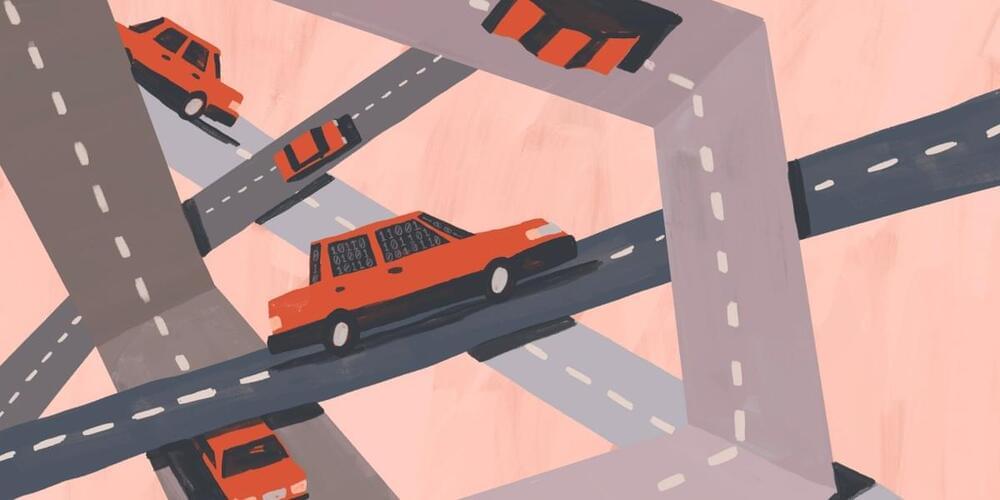
The mainstream approach to driverless cars is slow and difficult. These startups think going all-in on AI will get there faster.
May 27, 2022
Twitter shareholders sue Musk, claim he sought to drive down stock price
Posted by Sean Brazell in categories: economics, Elon Musk, engineering, sustainability, transportation
All I can say is that I hope his self indulgence for his favorite ☆HOBBY☆ — Twitter itself — doesn’t sabotage the interplanetary future he’s defined and actually begun to to successfully realize, doing so against all odds in so many fields, cas diverse as science, engineering, economics, politics, and the recent history and the seeming decline in public enthusiasm, funding, and any sort of clear direction. He didn’t just subvert those roadblocks, he OBLITERATED them. SPECTACULARLY.
All that progress and innovation can and WILL be undone in seconds if he makes himself into an allie of a republican party that has abandoned truth, abandoned science, and abandoned every semblance of honor, loyalty, and reason.
A republican party that has abandoned Democracy ITSELF.
Continue reading “Twitter shareholders sue Musk, claim he sought to drive down stock price” »
May 27, 2022
New footage shows the world’s largest plane Antonov An-225 is completely destroyed
Posted by Gemechu Taye in category: transportation
May 26, 2022
The Perseverance Rover of NASA captured a flying object on Mars
Posted by Melvin Louis in categories: alien life, robotics/AI, transportation
Is this true?
The Perseverance rover has been on Mars for two weeks and has now spun its wheels and began its maiden trek over the red planet’s surface. According to new images transmitted to Earth by the one-ton robot on Friday, the voyage was a quick one.
Engineers have worked tirelessly to get the vehicle and its numerous equipment up and operating, including instruments and a robotic arm. Perseverance’s mission is to look for indications of alien life in the Jezero crater, which is located near the equator. This will take roughly 15 kilometers throughout the following Martian year (approximately two Earth years).
Continue reading “The Perseverance Rover of NASA captured a flying object on Mars” »

